3 years to build 800 km of highway
The Chu Market - Trung Son intersection project connecting Thai Nguyen and Tuyen Quang, with a length of about 28.98 km, was jointly organized by the Ministry of Transport and the People's Committees of Thai Nguyen and Tuyen Quang provinces to start construction on the morning of June 7. This is considered the "complete piece" of the Ho Chi Minh road project, nearly 3,200 km long, from the starting point at Pac Bo (Cao Bang) to the end point at Dat Mui (Ca Mau), expected to open the entire route to traffic by the end of 2025.
Never before has the whole country been like a bustling "construction site", with a series of projects from highways, to airports, and railways spread across 45 provinces and cities across the three regions of North - Central - South.
That spirit and spirit of non-stop work did not come naturally. It was "blown up" and spread throughout all departments, branches and localities, originating from the Government's strong determination.
This year alone, on the first day of the year, Prime Minister Pham Minh Chinh issued Official Dispatch No. 01/CD-TTg on continuing to promote the highest sense of responsibility and speeding up the progress of investment in construction of transport infrastructure projects and works.
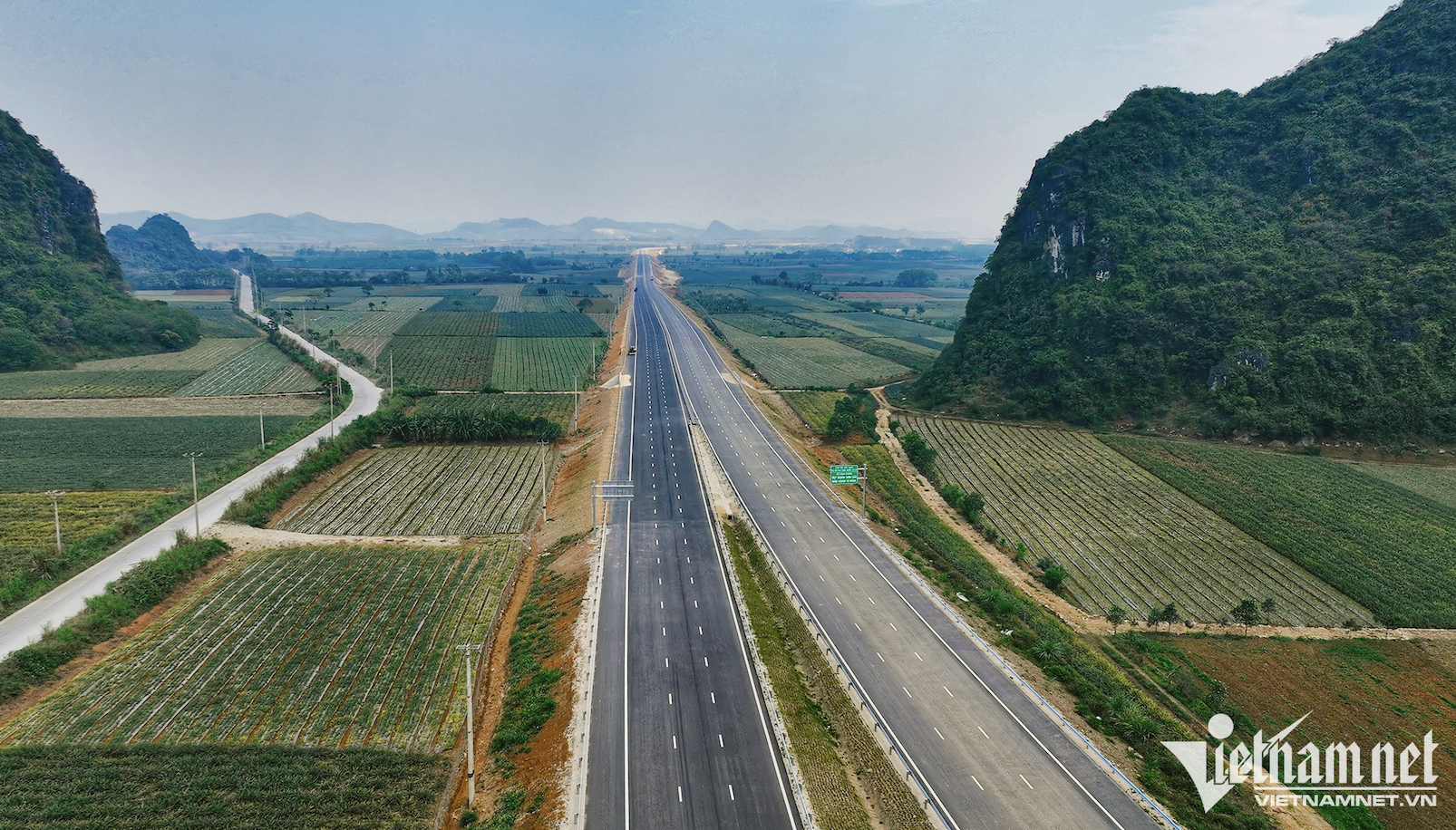
The Head of Government requested investors, project management boards, construction contractors, and consulting contractors to continue to promote the spirit of "overcoming the sun and rain", "not losing to the pandemic", "eating and sleeping quickly", working in "3 shifts", working through holidays and Tet, especially during the Lunar New Year and the dry season of 2024, and being more responsible to speed up construction progress, improve the quality of works and projects, and strive to complete ahead of schedule.
On February 16, at the 9th meeting of the State Steering Committee for important national and key projects in the transport sector (Steering Committee), the Prime Minister requested relevant entities to proactively deploy and complete assigned work and existing commitments and agreements based on their functions, tasks and powers.
The spirit is "only discuss, do not retreat, wherever there are difficulties, they must be solved, whatever level of obstacles, they must be resolved". On May 28, Prime Minister Pham Minh Chinh signed Official Dispatch No. 54/CD-TTg on continuing to promote the highest sense of responsibility, mobilizing the entire political system to speed up the progress and complete site clearance for important national projects and key transport projects on schedule.
It can be said that the spirit of "overcoming the sun and rain", working in "3 shifts and 4 shifts", working through holidays and Tet has spread to all large and small traffic infrastructure projects being implemented across the country.
In early June, contractors at the North-South Expressway construction site, Dien Chau - Bai Vot section, urgently mobilized maximum manpower, machinery and equipment to work day and night to complete the remaining 19 km, ensuring the project was opened to traffic on June 30. Previously, 30 km of the project was completed and opened to traffic on April 29, meeting the schedule requirements.
Thanks to great determination, after 3 years, the whole country has had an additional 800 km of highway, bringing the total number of highways put into operation to more than 2,000 km, bringing great opportunities for tourism and socio-economic development to localities where the highways pass through.
One of the three strategic breakthroughs set forth in the Resolution of the 13th National Party Congress is to build a synchronous infrastructure system, aiming for the country to have 5,000 km of highways by 2030.
The "revolution" in building highways began with the determination to implement the North-South expressway project in the 2017-2020 period and continued with phase 2 (2021-2025), connecting a North-South strip by expressway, from Lang Son border gate to Ca Mau cape.
In particular, the preparation time for phase 2 was significantly shortened thanks to the National Assembly and the Government allowing the application of many special mechanisms on contractor selection and removing obstacles in material mines.
In particular, site clearance is often the most complicated part of a project because it involves compensation, resettlement, and livelihood creation for the people. However, since the beginning of the Government's term, with the strong direction of the Prime Minister, localities have boldly changed their thinking and working methods, mobilizing the entire political system to implement site clearance, and increasing direct dialogue with the people.
Or with the problem of sand filling materials in the Mekong Delta, the Government leaders directly worked with the provinces many times and finally requested the Ministry of Transport and the Ministry of Construction to quickly conduct a pilot study to use sea sand instead. Every month, the State Steering Committee for key projects and works in the transport sector meets under the chairmanship of the Prime Minister, grasping the difficulties of each project and giving ministries, branches and localities a "deadline" to resolve them.
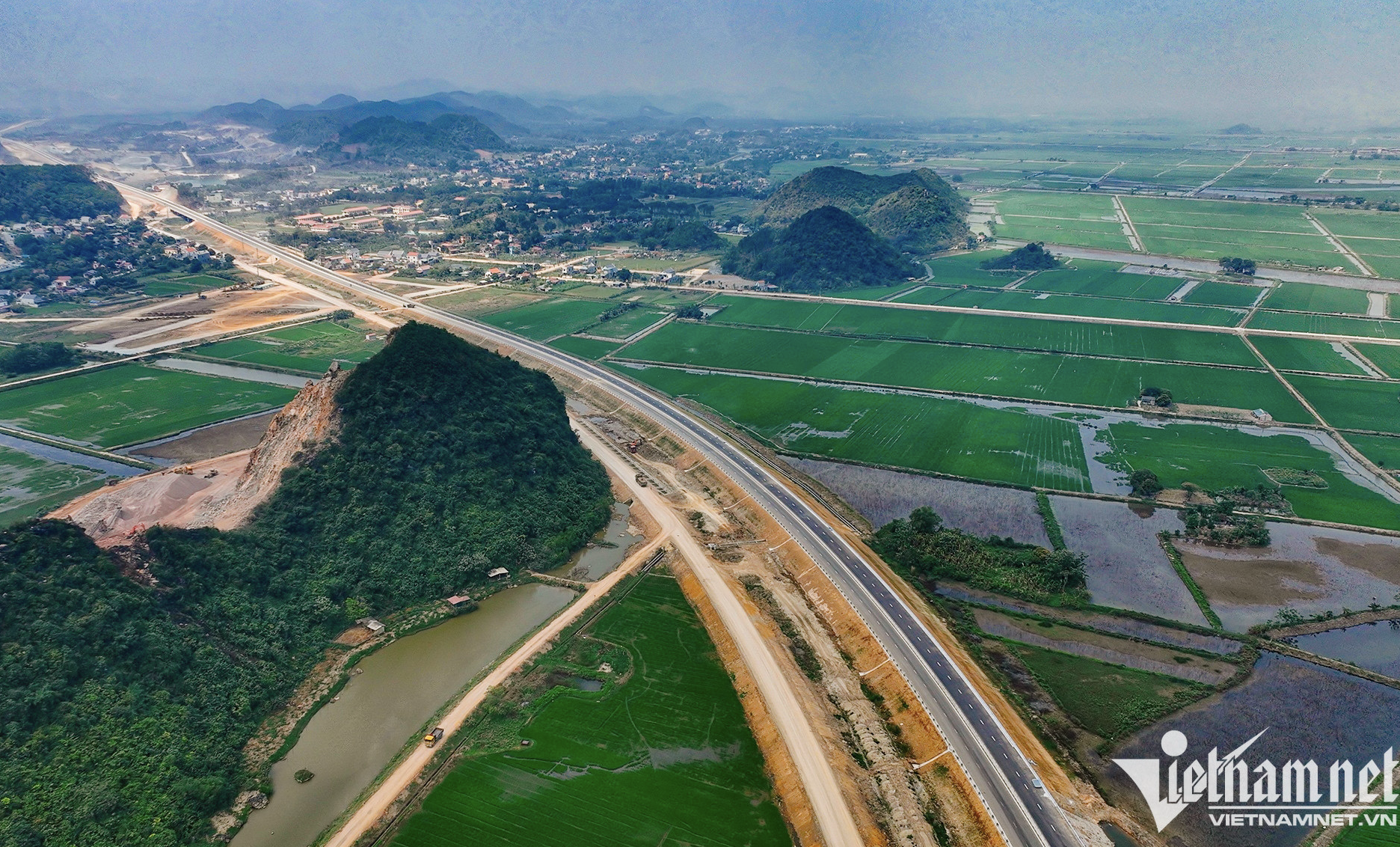
Accelerate investment in airports and railways
Not only roads, a series of large projects in all areas of airport infrastructure, seaports, railways, etc. are also being urgently directed to be implemented. In just the past 3 years, many aviation infrastructure projects have been started such as Long Thanh airport, Tan Son Nhat T3 terminal.
And the latest is the expansion of Noi Bai T2 passenger terminal - a project expected to remove the bottleneck of overload at the capital's gateway airport. Previously, the upgraded and expanded Dien Bien airport and Phu Bai airport (Thua Thien - Hue) were also inaugurated.
With railways, although moving slower than other sectors, in the past 2 years, the once very old and outdated face of the railway industry has undergone quite spectacular changes.
Currently, China has 42,000 km of high-speed railway, and surrounding countries also have high-speed railway. For Vietnam, the Politburo has issued a policy for this term to build high-speed railways. Emphasizing that railways "must have a breakthrough, not just a story of repairing a few trains, upgrading a few stations", the Prime Minister affirmed that he will work with the leaders of the railway industry to bring new momentum, develop a breakthrough in the railway industry, and build high-speed railways with the belief that "we can do it".
The Ministry of Transport is assigned to try to submit a proposal for a high-speed railway project in 2024. At the same time, it will implement major railway projects such as Lao Cai - Hanoi - Hai Phong - Quang Ninh, Ho Chi Minh City - Can Tho...
According to Associate Professor - Dr. Tran Chung, Chairman of the Vietnam Association of Road Traffic Construction Investors (VARSI), over many years of development, Vietnam's road traffic infrastructure system has created a shape that is truly the "blood vessel" of the economy, with the national highway system in the past, then the Ho Chi Minh road and most recently the expressway network.
Some economic experts assessed that the results in developing transport infrastructure in recent times have many meanings, not only stimulating the economy but also attracting more international resources to Vietnam after a period of many disadvantages due to the Covid-19 pandemic.
Hoang Nam
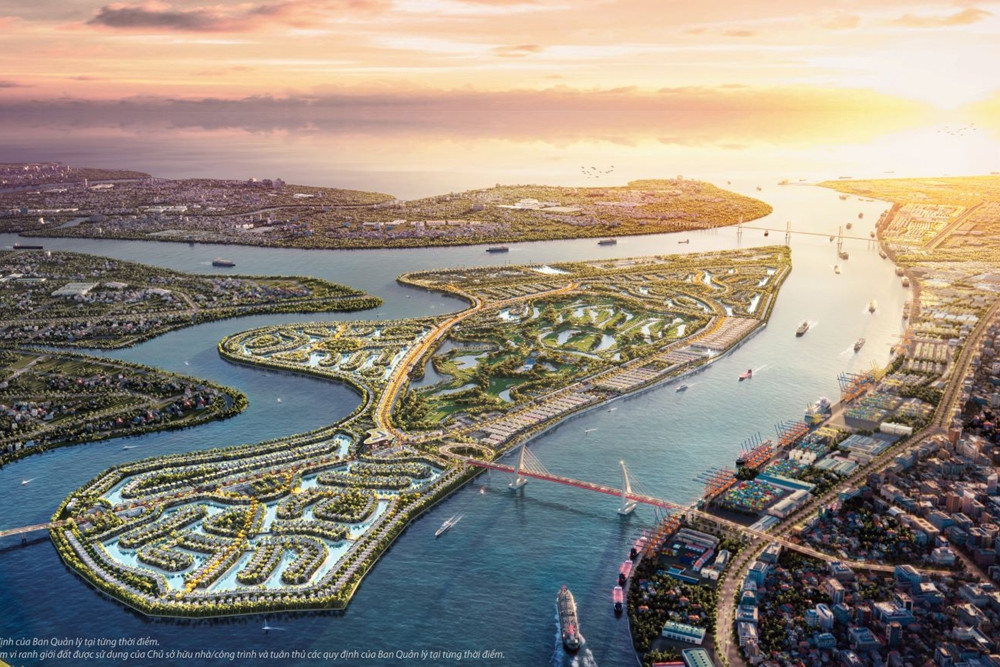
Source: https://vietnamnet.vn/thao-diem-nghen-ha-tang-thuc-day-kinh-te-phat-trien-2290586.html




![[Photo] Closing of the 11th Conference of the 13th Central Committee of the Communist Party of Vietnam](https://vstatic.vietnam.vn/vietnam/resource/IMAGE/2025/4/12/114b57fe6e9b4814a5ddfacf6dfe5b7f)


![[Photo] Overcoming all difficulties, speeding up construction progress of Hoa Binh Hydropower Plant Expansion Project](https://vstatic.vietnam.vn/vietnam/resource/IMAGE/2025/4/12/bff04b551e98484c84d74c8faa3526e0)
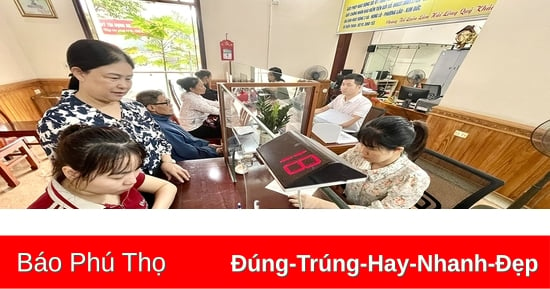





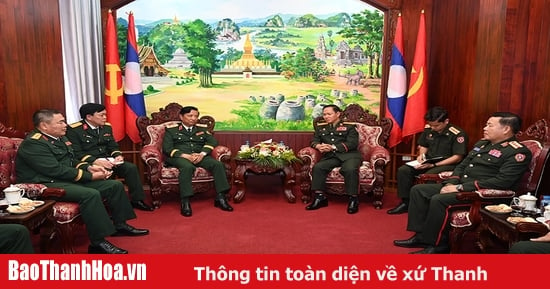

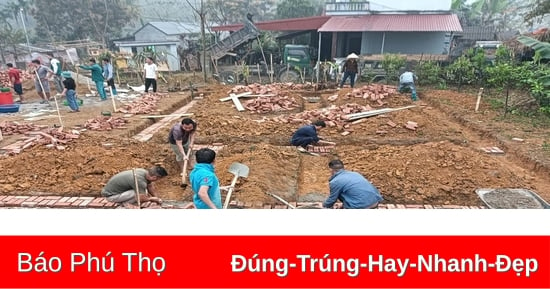

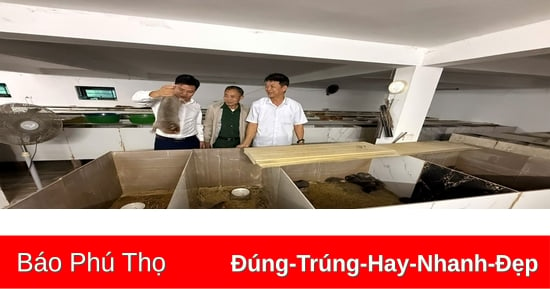

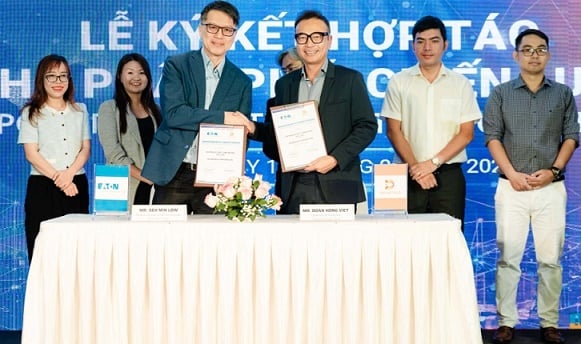
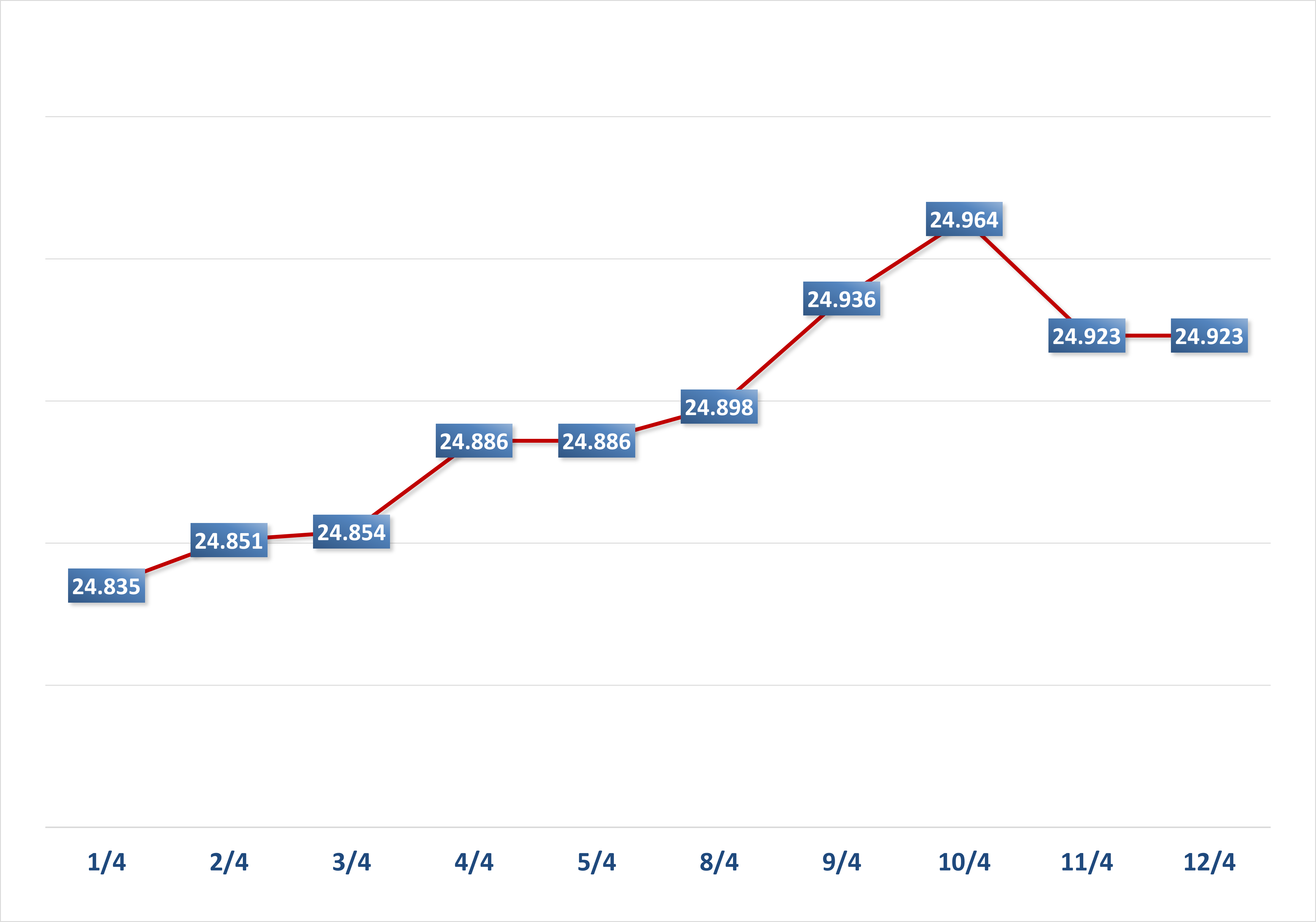


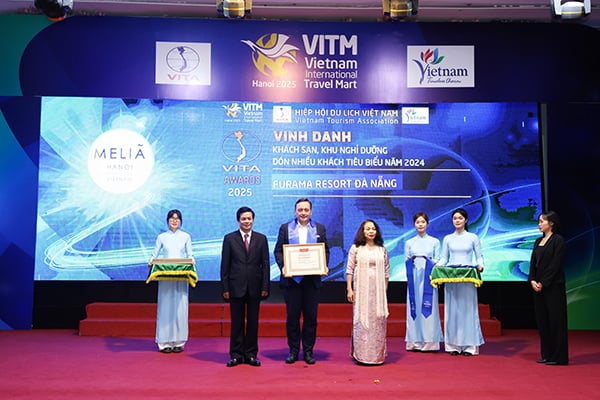



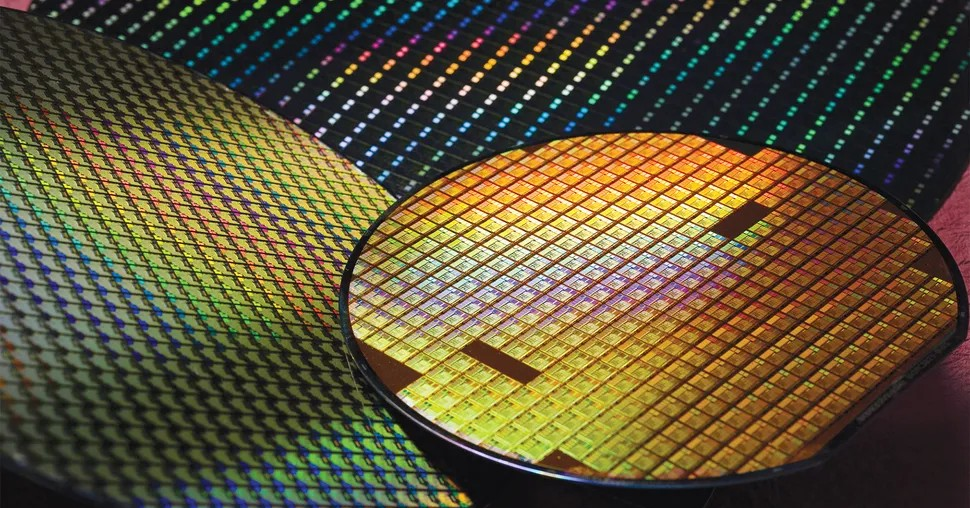
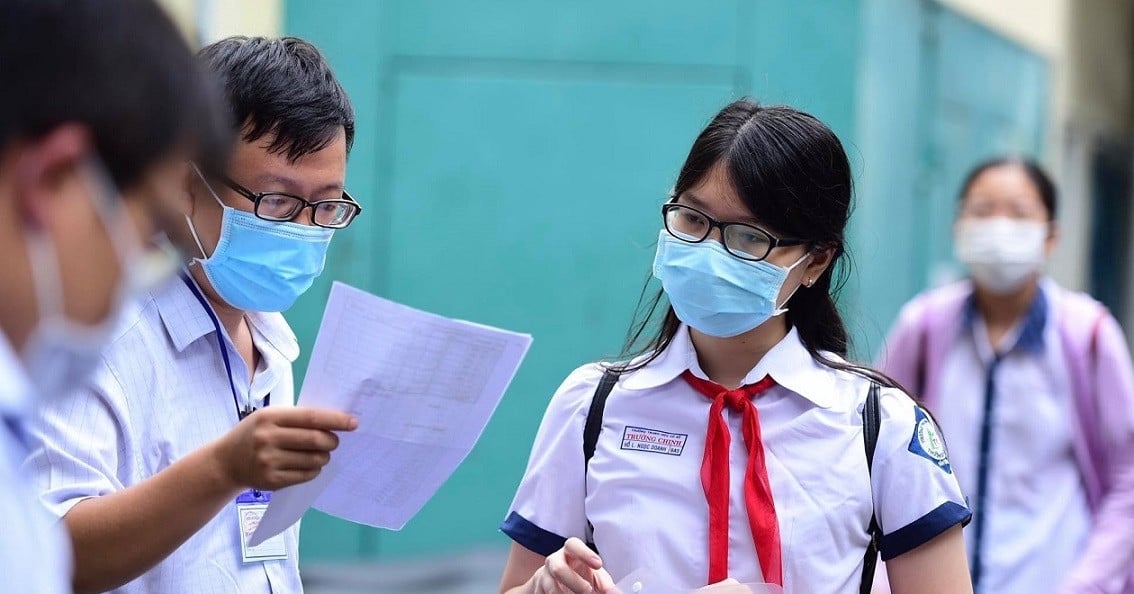

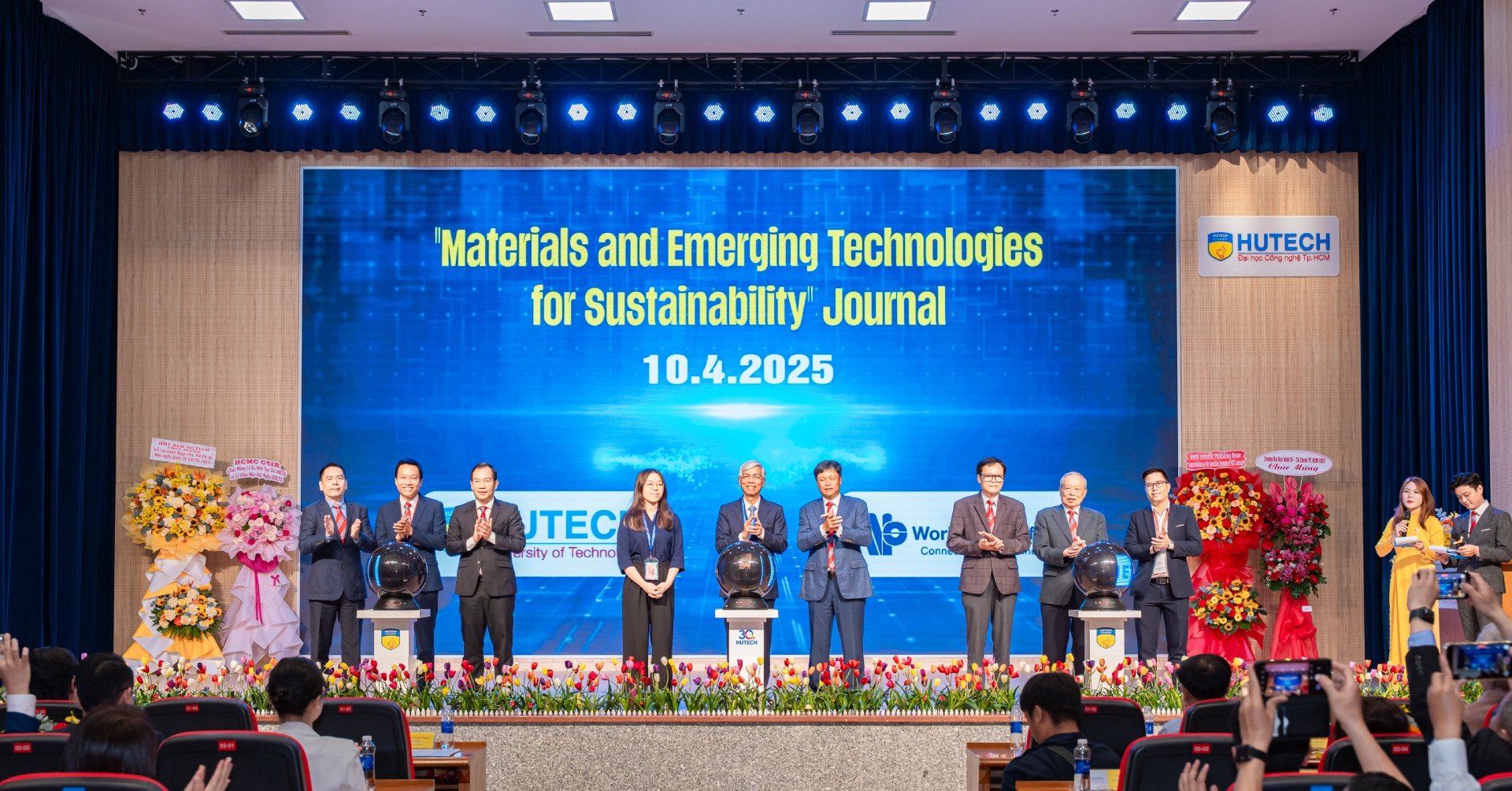














































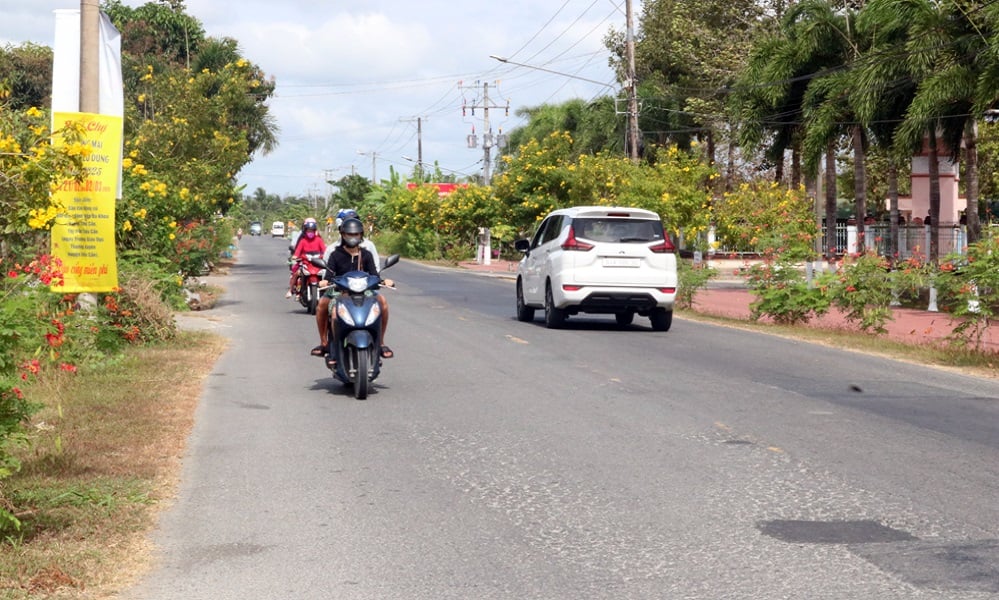
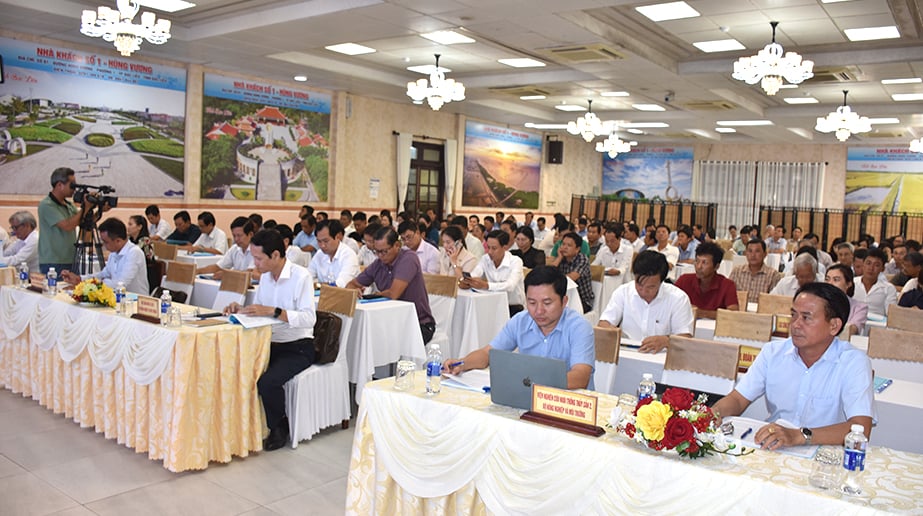
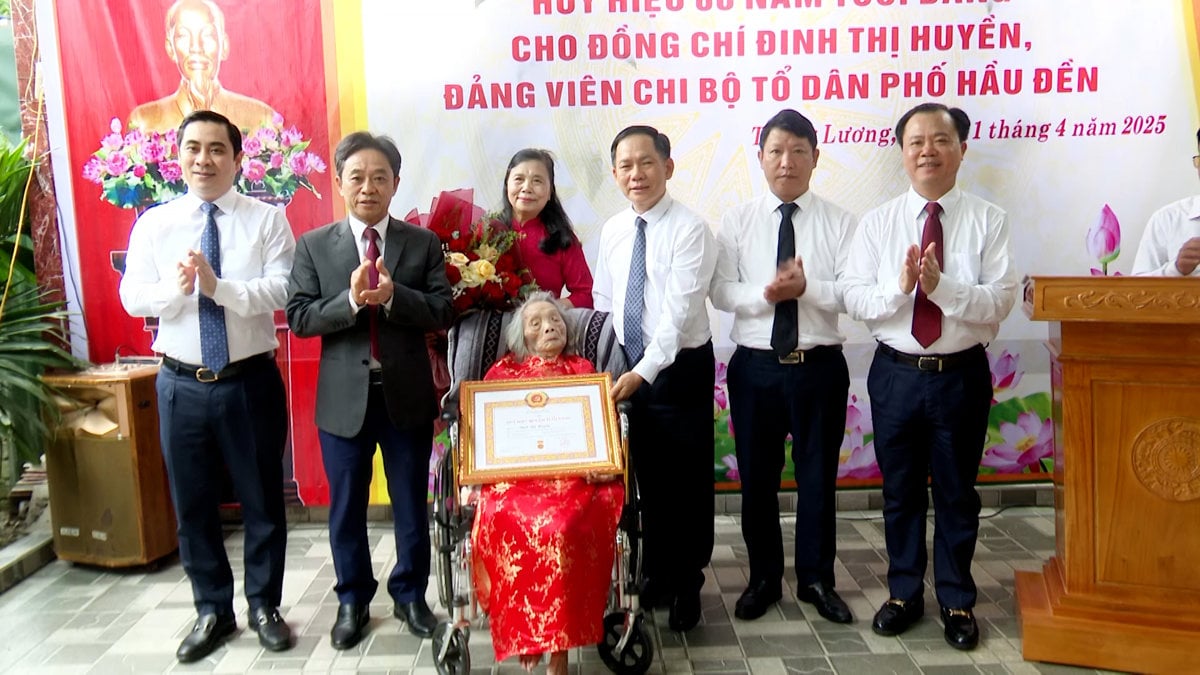




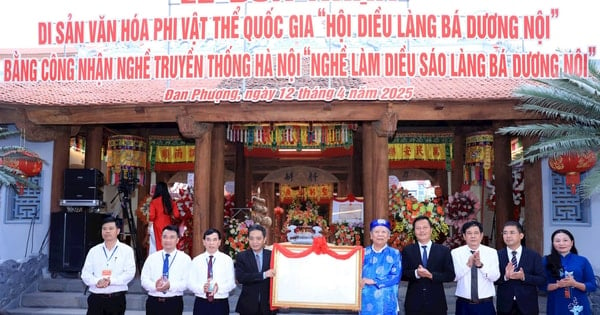











Comment (0)